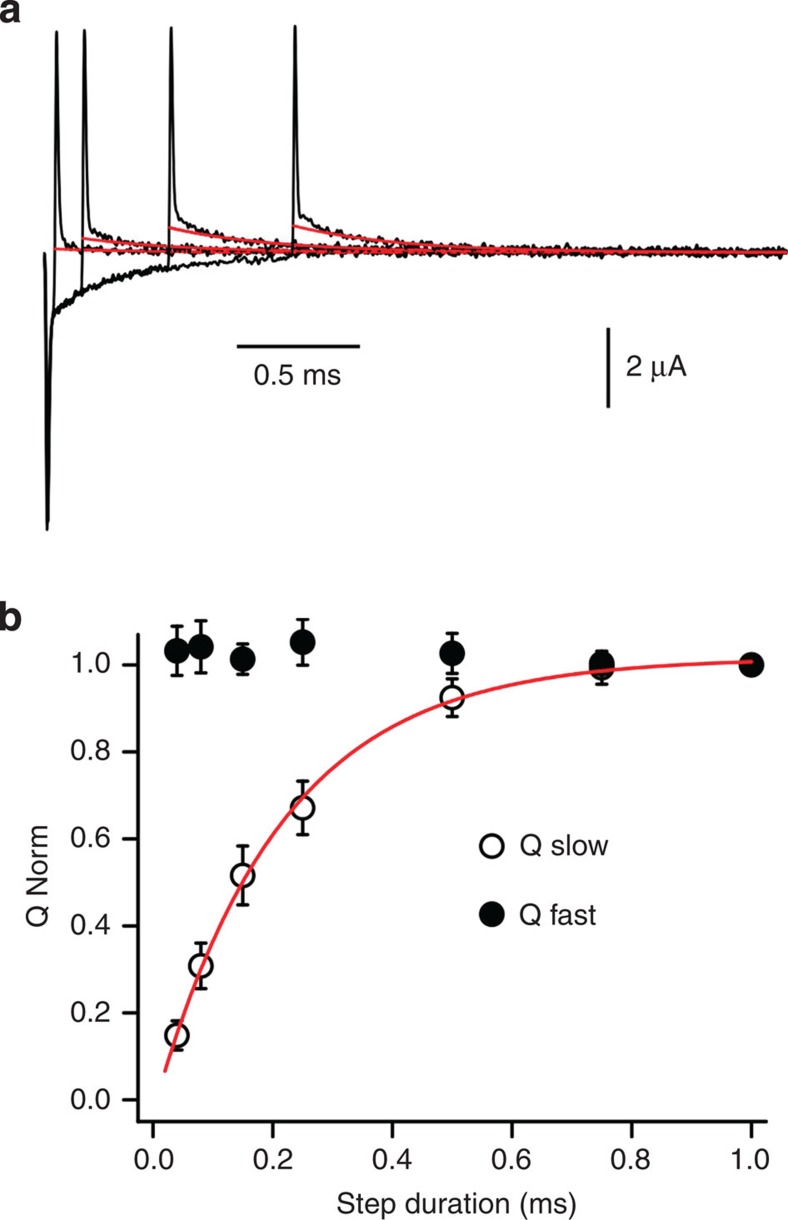Figure 3. Fast and slow components of K+ charge movement are kinetically independent.
(a) Experimental protocol. Superimposed H2DTG-sensitive currents in response to a voltage jump to −160 mV with step durations of 40, 150, 500 and 1,000 μs. Solid red lines represent monoexponential fits (τ=408 μs) of the current decays on return to 0 mV after each step. The time constant of the 1-ms pulse to −160 mV was 286 μs. (b) Normalized charge quantities moved by the slow and fast components measured at 0 mV. Charge moved by the slow component (Qs) increases monotonically with the duration of the step to −160 mV. The solid red line represents a monoexponential fit with τs=212±9 μs. The fast component (Qf) remains essentially constant. The presence and magnitude of Qf are not affected by the monovalent cations used to substitute Na+ (that is, TMA or N-methyl D-glucamine), nor by changes in the concentrations of Ca2+ or Mg2+. Supplementary Fig. 2c shows a potential model and simulations that explain the time course and persistence of Qf. We noticed that for pulses longer than 1 ms there was a small (∼10–15%) reduction of OFF charge carried by the slow component. Neither the time constant nor the extent of this reduction is influenced by external K+, indicating that it is not related to external K+ binding and occlusion. n=4; scale bars represent s.d.

